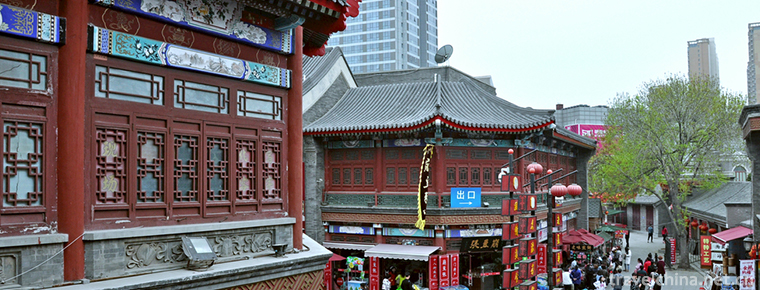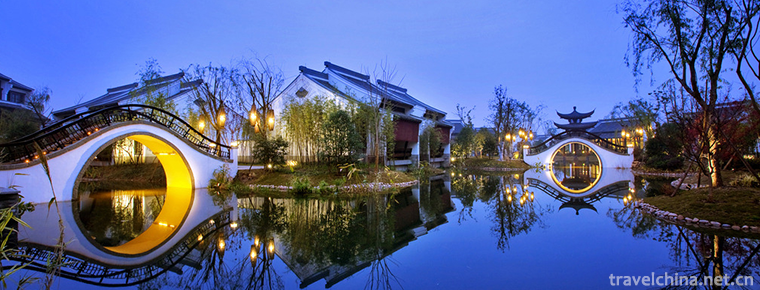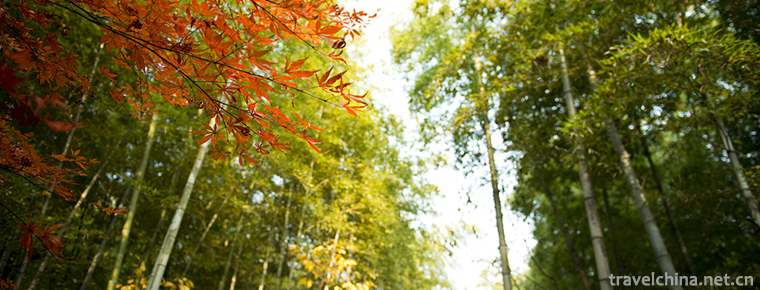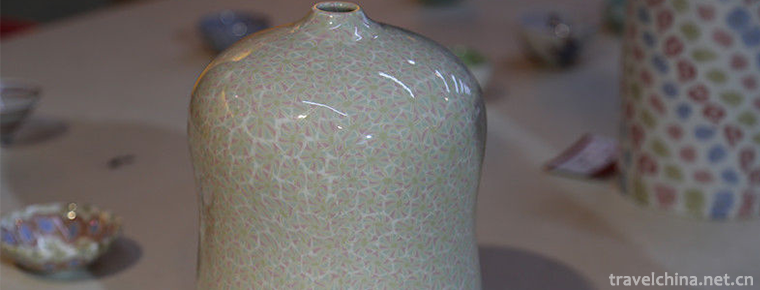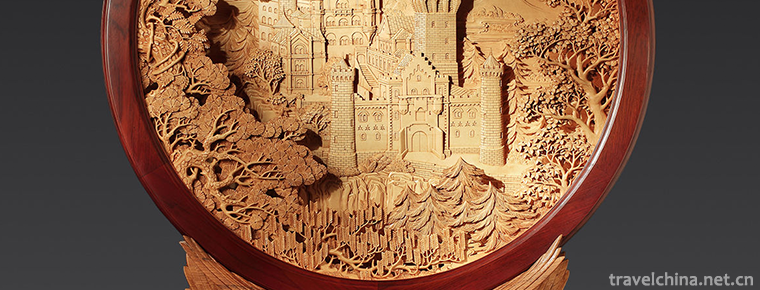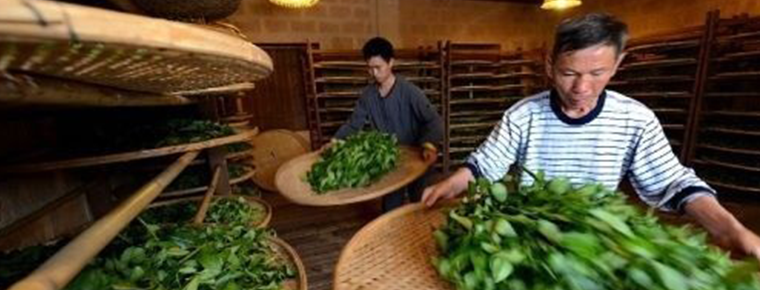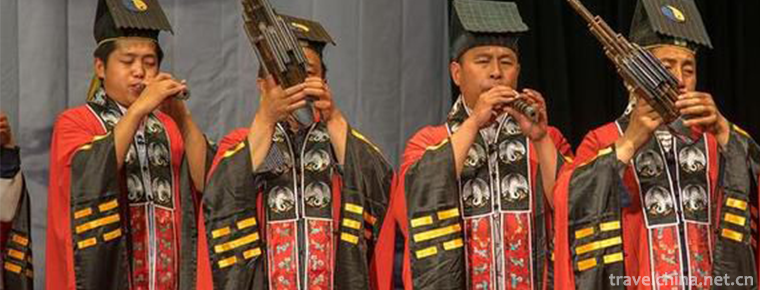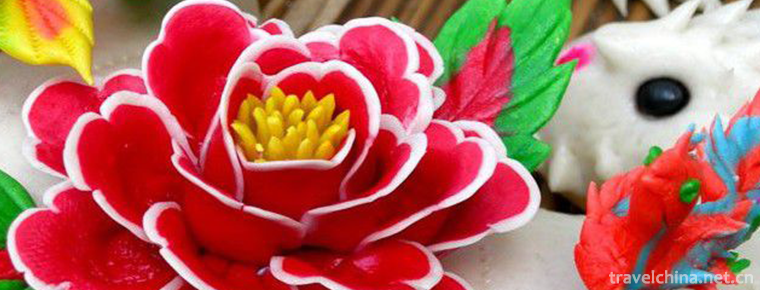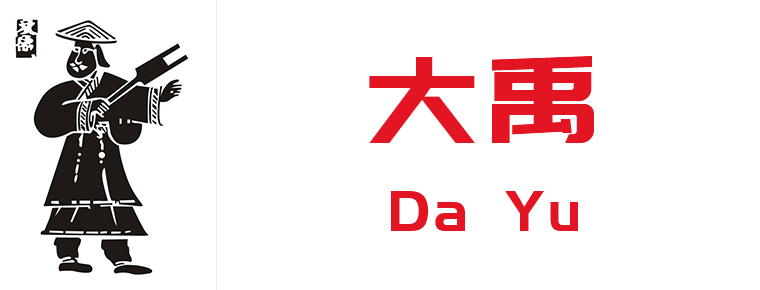Zhangzhou Puppet Head Sculpture
Zhangzhou Puppet Head Sculpture
Zhangzhou puppet head carving is a traditional folk arts and crafts in Zhangzhou City, Fujian Province. It belongs to a special skill in the production of puppet stage props. Zhangzhou puppet head carving mainly distributes in Zhangzhou City, Xiamen City, Quanzhou City and surrounding areas of Fujian Province. The overall shape of Zhangzhou puppet includes head, limbs, clothing, helmet and so on. Puppet head carving only refers to head shape. As the sculpture of personage head in opera stage, it pays great attention to the characterization of personage's personality. The exaggerated shape, rich expression and typification are the common characteristics of Zhangzhou puppet head sculpture. This sculpture has always been handed down by teachers and apprentices, and is mainly handed down by family ancestors. It has been handed down uninterruptedly till now.
On May 20, 2006, Zhangzhou puppet head carving was approved by the State Council to be included in the first batch of national intangible cultural heritage list.
Historical Origin
Zhangzhou puppet carving began in Jin Dynasty and flourished in Tang Dynasty. It has a history of nearly two thousand years. Folk artists Xu Niansong and Xu Shengfang's puppet works were collected by art and craft departments after the founding of New China. In 1959, Xu Niansong's carved puppet heads of Shengdan and Dandan were selected to participate in the national arts and crafts exhibition and were well received by the cultural and art circles. Xu Zhuchu, Xu's son, inherited and innovated. From 1979 to 1989, his works were exhibited in Australia, the United States, Taiwan and Hong Kong and won a high reputation. Xu Zhuchu's representative works of puppet heads are treasured in Zhuchu Puppet Art Museum on the second floor of Garden Building, Yan'an North Road in the urban area.
Since the Ming and Qing Dynasties, puppet shows have gradually evolved from cities to towns, and formed puppet plastic arts of different styles and schools. For example, in Quanzhou Jiali Opera in Fujian Province, there are only four actors, Sheng, Dan, Bei (Jing), Za (Ugly), which are called "Four Beautiful Classes". Some Jiali operas have only 36 images, so they are called "36 Jiali as a million soldiers". Quanzhou's early famous puppet head sculptor, the idol shop and puppet craftsmen in Yiquan Backstreet, Huang Liangsi and Huang Caisi in Tumen Street, and later Huang Jiaxiang and Jiang Jiagao, the puppet sculptor in Beimen Garden Street. Their puppet sculpture, exquisite sculpture, rich face, with the characteristics of figures in the Tang Dynasty; meticulous pastel, bright lines, forming a Southern Fujian puppet model. The puppet puppet show of Zhangzhou in Longxi area was very popular in Qing Dynasty. Xu Ziqing, a puppet sculptor, was very popular in the twelve years of Jiaqing in the Qing Dynasty. Xu Ziqing, a puppet sculptor, opened Chengcheng Shi Puppet Workshop in Dongmen of Zhangzhou in the twelfth year of Jiaqing in the Qing Dynasty (1807). Xu Niansong, a puppet sculptor known as "Nanjiang (Jiagou) Beixu", is the representative of the Beijie School. By the beginning of Xu Zhuchu's generation, it has been the sixth generation.
Artistic Characteristics
Strict modelling
Zhangzhou puppet is precise in shape, exquisite in carving, exquisite in painting, stable in coloring and not gorgeous. It retains the painting style of Tang and Song Dynasties, with distinct personality, reasonable exaggeration and local characteristics. The basic shapes of puppet heads are life, dan, clean, last and ugly, as well as immortals, ghosts, animals, and the roles of traditional famous plays such as Guan Gong, Cao Cao, Liang Shan heroes in Water Margin, etc. There are many kinds of puppet heads.
Pay attention to Pentagon
Zhangzhou puppet bag is the most important puppet head, Zhangzhou artists carve puppet head focus on five-shaped (eyes, mouth, nose, eyebrows, ears), five bones (eyebrow, top, zygoma, forehead, chin). Among them, puppet head is the most important puppet face. Face should pay attention to the five-shaped three bones, that is, two eyes, one mouth, two nostrils (five-shaped); eyebrows, bones, chin bones (three bones). Various facial features are conceived according to the shape, character, identity, experience and temperament of the characters. With the use of shapes, lines and colors to grasp the essence of the characters, wooden people also naturally live. For example, a matchmaker with a sharp mouth, an old ugly woman with raised horns, a kind old man with long eyebrows, and a simple man with a thick face and fleshy mouth.
Secret Coatings
In addition to knife work, Zhangzhou puppet carving pays attention to the identification and selection of raw material camphor wood and the formulation of paint. It takes at least two or three days to sculpt a work. It takes more time to depict the unique inner world of the characters through their expressions. And hereditary secret coatings are particularly important. Every color of a work should be painted dozens of times, so that the puppet will not fade or deform after 100 years of preservation.
As the sculpture of personage head in opera stage, it pays great attention to the characterization of personage's personality. The exaggerated shape, rich expression and typification are the common characteristics of Zhangzhou puppet head sculpture. This sculpture has always been handed down by teachers and apprentices, and is mainly handed down by family ancestors. It has been handed down uninterruptedly till now.
representative figure
Xu Zhuchu
The representative inheritance of Zhangzhou puppet head carving is Xu Zhuchu. Xu Zhuchu was born in a puppet house. His art is known as "living cultural relics", "oriental art treasures", "world-class art", "China's first-rate art", "national art treasures". Xu Zhuchu said that puppets can be used for four purposes: performance tools, toys, handicrafts and art collections. As early as the 1950s, "Zhuchu Puppet Carving" was well known at home and abroad. His puppet carving had been presented to international friends as a "national gift" many times.
He has inherited the excellent sculpture techniques of his ancestors for more than half a century, and can innovate and develop to form his own unique style. He designed more than 600 kinds of opera characters, such as Sheng, Dan, Jing, Du, Ugly and so on. Among them, there are not only the famous characters of traditional operas, but also the images of fairies and monsters in myths and legends. Each face has different features, such as frankness, delicacy, gracefulness, different miracles, vivid and vivid. He is praised as "Oriental Art Treasure".
Xu Zhuchu's puppet, commonly known as the Northern School puppet, originated from the style and pattern of the Northern Han Opera. Xu Zhuchu creatively combines the original style and emphasizes the expression and personalization of puppet drama. He has mastered the essence of the excellent tradition of Chinese sculpture - "expressing spirit in form". Therefore, before he drops the knife, he always has to study carefully and carefully to figure out and characterize the character's life, identity, personality, likes and dislikes. Once the thinking is mature, the underground knife can be assured. He takes the characters in real life as the blueprint, takes the artistic principles of symmetry, balance, contrast and harmony, uses the artistic language of shape, line and color, uses the artistic means of exaggeration, distortion, emphasizing, weakening, refining and generalizing, and intends to be tolerant and vivid.
Through the rescue and protection of Xu Zhuchu's traditional puppet sculpture, the precious cultural heritage can be continued and imparted to the world, so that the art of puppet sculpture can be inherited, and promote cultural exchanges with Taiwan. Xuzhuchu traditional puppet sculpture in Zhangzhou is an outstanding representative of Chinese puppet sculpture art. With its long history, special ancestral craft, rich and exquisite personalized shape, it is well-known in the world and distributed in Xiamen, Zhangzhou, Spring and surrounding areas.
Xu Niansong
Zhangzhou puppet head carving artist Xu Niansong. Its statues are realistic, slightly exaggerated and full of life. For example, "White Beard Laosheng", the face mostly uses "Guo" font, mainly portraits, highlighting the eyebrow and chin, long eyebrows, forehead and eyebrow wrinkles delicately depicted, vivid image. "Wenwusheng" and "Wenwudan" are their masterpieces, which are characterized by realism, handsome features, rich appearance, soft tone, proper handling of anatomical relationship and accurate proportion. There are more than 100 kinds of head images, each with its own characteristics, forming the artistic style of the "North School".
In 1955, Zhangzhou Arts and Crafts Society was established. Xu Niansong was responsible for training a new generation of carving artists. Xu Zhuchu, his son, had three puppet carvings at the National Children's Science and Technology Exhibition, which was awarded the first prize. In 1961, the Provincial Department of Culture and Light Industry assessed Xu Zhuchu as a puppet head carver. In 1962, Xu Niansong entered Zhangzhou Puppet Troupe to engage in puppet design and sculpture. His works Boudoir Dance and Wenwusheng were awarded the National Excellent Award. In 1964, he won the first prize for Puppet Stage Design. In October 1987, Xu Zhuchu Puppet Carving Art Exhibition was held in Hong Kong. He also trained a number of puppet sculptors for Beijing, Shanghai, Guangdong and Sichuan.
Inheritance Significance
It has a broader social mass base.
Puppet show in southern Fujian has a relatively broad social mass base, and the plastic arts of puppet heads have also gained a deep foundation for development. The art of puppet head sculpture is closely related to traditional opera. In the situation of the general decline of opera performance, the inheritance of puppet head sculpture technology also encounters difficulties: if we stick to the stage of opera, the puppet head sculpture can only go silent with the opera; if we leave the stage of opera, the puppet head sculpture can only become a simple ornament, and many living cultures in its traditional skills will be lost. 。 At present, Zhangzhou puppet head carving is facing such a situation, which needs the attention of relevant parties.
Facing the danger of "extinction"
As a traditional folk art, Zhangzhou's puppet carving has always followed the ancient system of inheriting men from women. In the contemporary era, most of the descendants of old artists are reluctant to learn puppet carving, because this skill is time-consuming, laborious and economically unproductive, and many old artists have to change careers. This national treasure is facing the danger of "extinction" because nobody succeeds.
Listed in the First National List of Non-material Cultural Heritage
The state attaches great importance to the protection of intangible cultural heritage. On May 20, 2006, the intangible cultural heritage was approved by the State Council and listed in the first batch of national intangible cultural heritage list. On June 5, 2007, Xu Zhuchu and Xu Congliang in Zhangzhou City, Fujian Province, were confirmed by the Ministry of Culture as the representative successors of the cultural heritage projects, and were listed in the first batch of 226 representative successors of the national intangible cultural heritage projects.
Expedition to the World Expo
Live performance sculpture and puppet show
It is not the whole world of the old man to watch his works appear quietly on the stage.
Apart from airlifting nine pieces of works to Shanghai by express, the Expo also has wonderful puppet carving and puppet show. This time, Xu Zhuchu and his son Xu Qiang will participate in the live performance.
"We will send 3-4 performers to perform carving techniques and puppet shows in turn." Xu Qiang told reporters that twenty or thirty camphor wood (first blank) will be brought, each about 10 centimeters in size. The works carved on the spot will be movable puppet heads, such as nose, eyes, mouth, and even a puppet with many funny heads.
In order to make puppets live and move, puppet shows will also be performed in Fujian Hall of the Chinese Pavilion. Puppets in bags are also called puppets in bags and palms. The puppet is called "Puppet Show" because of its wide clothes and the shape of cloth bags.
It is understood that the performance time of the puppet show is the opening ceremony of the Shanghai World Expo (May 1-3) and the Fujian Activity Week (June 28-July 2).
With the help of the East Wind of the Expo, puppets gradually "wake up"
Puppet sculpture originated in the pre-Qin period of ancient China more than 2200 years ago and spread to Fujian in the Tang Dynasty more than 1300 years ago. From the Qing Dynasty of Xu Zhuchu's Taigao ancestor, Xu Zi, over 200 years old, fireworks have been passed down to his son Xu Qiang, who has been in the seventh generation.
Zhangzhou puppet, which carries two "life codes" of intangible cultural heritage, reflects the profound connotation of a culture. In June 2006, the state announced the first batch of intangible cultural heritage, Zhangzhou puppet puppet puppet puppet puppet puppet show and puppet head sculpture are on the list.
Zhangzhou puppet carving has broken the traditional system of "inheriting men but not women". Compared with his parents, Xu Qiang is in a different era and situation. Only in the theatre troupe carving puppets for the performance, sticking to the stage of the opera, he believes that the scope is narrow, "to expand the living space, we must break out a different way out".
Now, Xu Zhuchu's father and son have been exploring how to better continue this folk art. Xu Zhuchu said that at present, besides performances, the market is constantly expanding, such as trying to be a tourist product, folk crafts and so on. Although it is still in the tentative stage of the market, they say they will persist in opening up the domestic market step by step.
"With the help of the platform of this international event, Zhangzhou Puppet Carving and Puppet Show, the Expo will let more people and international friends know the local conditions and customs of southern Fujian." Xu Qiang said that young people should have a sense of identity with tradition. Only when the younger generation is interested in traditional culture can folk art have a bright future and find a way to let the ancient art "live" in the contemporary era.
Road, always step by step, the results are a little accumulated. Nowadays, Zhangzhou puppets are constantly opening up their own stage. In any case, puppets seem to be beginning to "wake up"

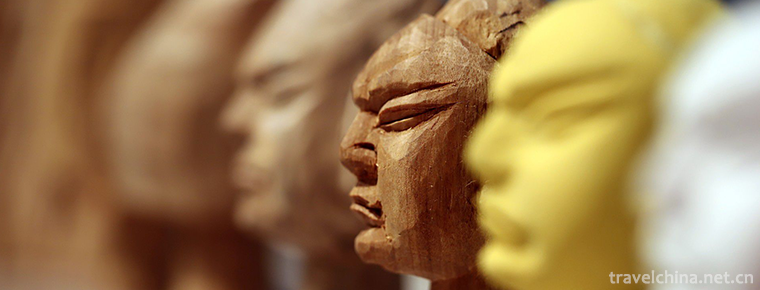
-
Alipay
Alipay (China) Network Technology Co., Ltd. is the third party payment platform in China. It is committed to providing a simple, safe and fast payment solution.
Views: 218 Time 2018-11-13 -
Tianjin Ancient Culture Street Tourist Area Jinmen Hometown
Tianjin Ancient Culture Street is located outside the east gate of the northeast corner of Nankai District of Tianjin City and on the West Bank of Haihe River.
Views: 223 Time 2018-11-24 -
Xixi National Wetland Park
Xixi National Wetland Park is located in the west of Hangzhou City, Zhejiang Province. It is only 6 kilometers away from Wulin Gate, the main city of Hangzhou, and 5 kilometers away from West Lake..
Views: 184 Time 2018-12-07 -
North China National Park
The National Park in northern China covers 84 hectares. The scenic spot is a collection of ancient and modern culture of Suibin and the essence of northern nationalities..
Views: 357 Time 2018-12-22 -
Nanshan Bamboo Sea Scenic Area
Tianmu Hunan Shanzhuhai Scenic Area is located in Liyang, Jiangsu Province, which is the junction of Jiangsu and Anhui Provinces. It is a national 5A scenic spot..
Views: 202 Time 2018-12-31 -
Firing Techniques of Dangyangyu Twisted Tissue Porcelain
Dangyangyu Twisted Tissue Porcelain, a special product of Dangyangyu Village, Xiuwu County, Henan Province, is a product of China's National Geographic Indicators..
Views: 169 Time 2019-04-25 -
Dongyang wood carving
Dongyang woodcarving, one of the Chinese folk carving arts, is named for its origin in Dongyang, Zhejiang Province. Dongyang woodcarving, together with Qingtian stone carving and Huangyang woodcarving.
Views: 232 Time 2019-04-27 -
Production Techniques of Flower Tea
Jasmine tea, also known as jasmine fragrance, is the tea and jasmine flowers to blend, bass, so that tea leaves absorb flower fragrance into tea, tea fragrance and jasmine fragrance interactively inte.
Views: 172 Time 2019-05-04 -
Sheng Guanyue in Jizhong
Jizhong Sheng wind music is popular in Jizhong Plain, that is, south of Beijing, west of Tianjin, north of Cangzhou and Dingzhou frontline nearly 30 counties and cities of traditional drum music varie.
Views: 303 Time 2019-05-05 -
Dough Flowers
Flower, commonly known as "flower bun", belongs to the art of facial sculpture. There are weddings, funerals, birthday gifts, Festival buns. Flowers are made of ordinary flour and special fl.
Views: 97 Time 2019-06-05 -
Da Yu
Yu, surnamed Si, is famous for his life. (Yu Yu is the name). History is called Da Yu and Emperor Yu. Xia Hou Shi Chieftain Xia Dynasty The founding king. Yu is Yellow Emperor Great grandson, Zhuan Gr.
Views: 181 Time 2019-09-07 -
Honor of Neijiang City
On June 9, 2020, it was awarded the advanced municipal Party committee and government of Sichuan Province in promoting the development of service industry..
Views: 304 Time 2020-12-16

